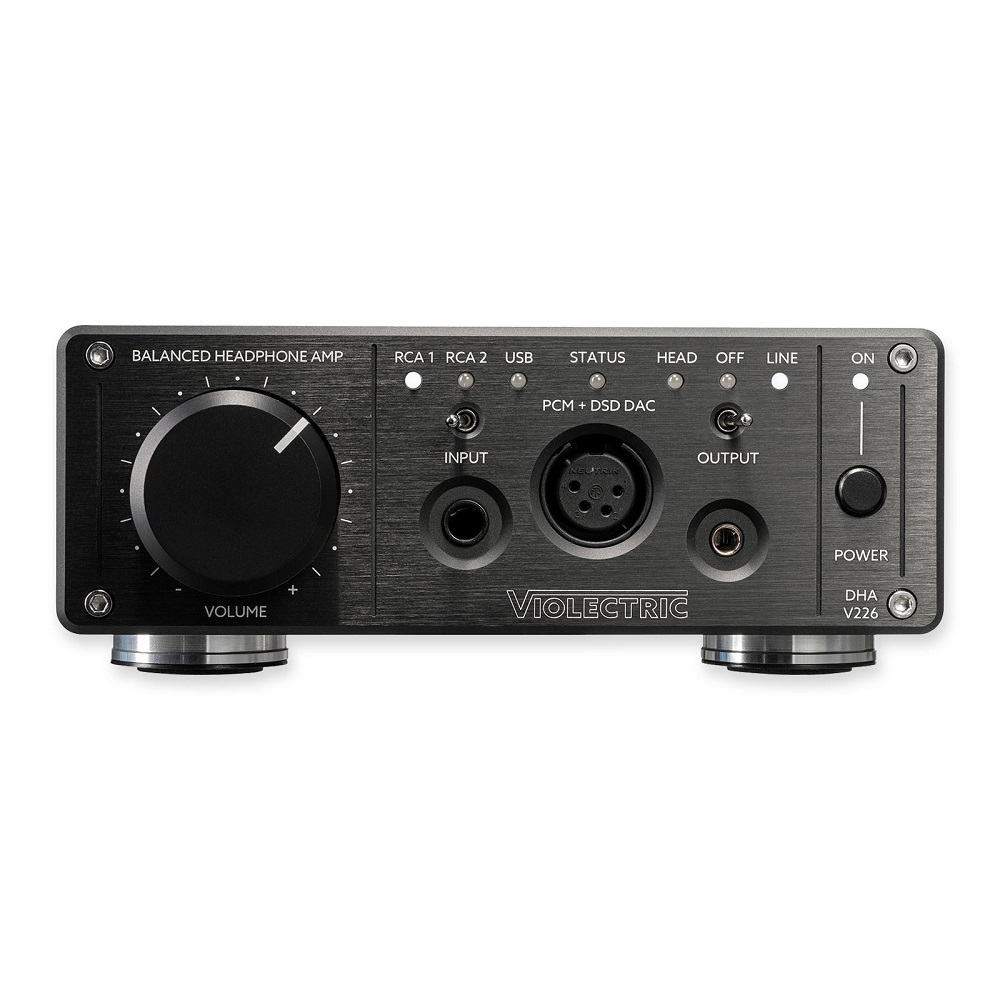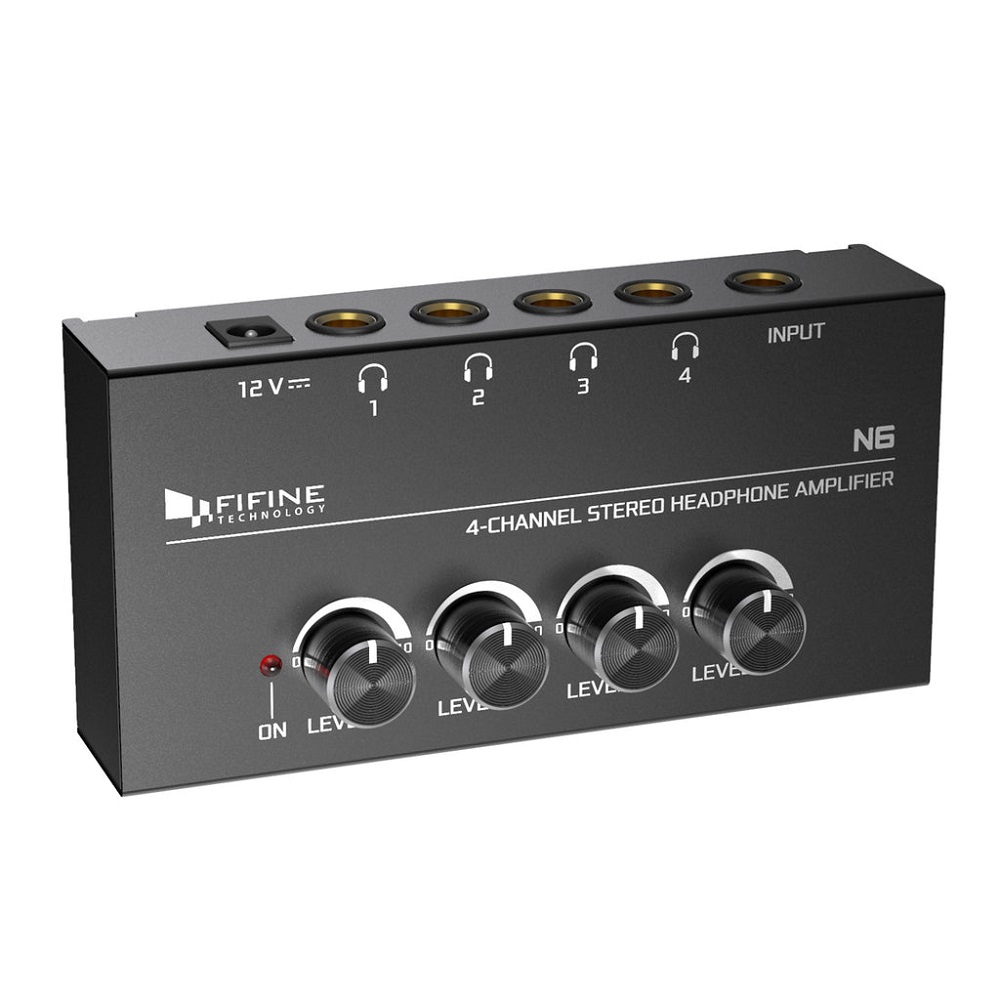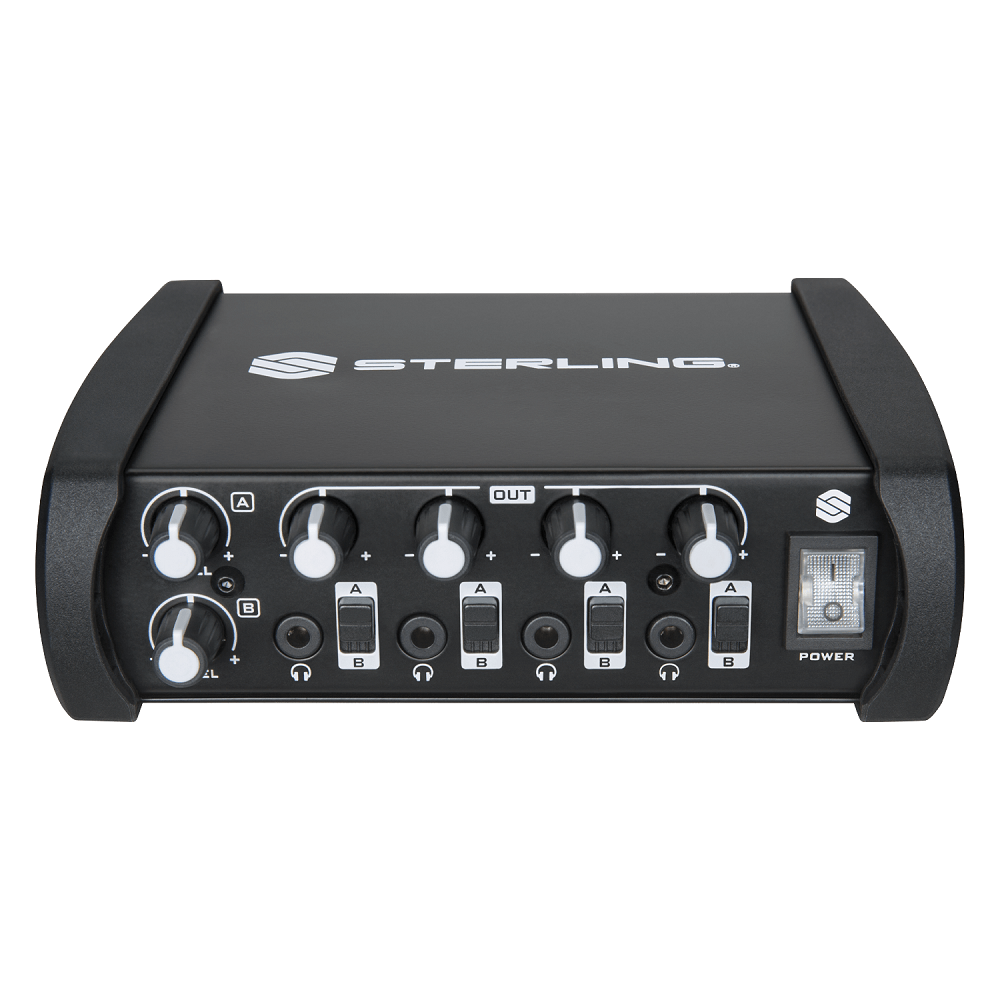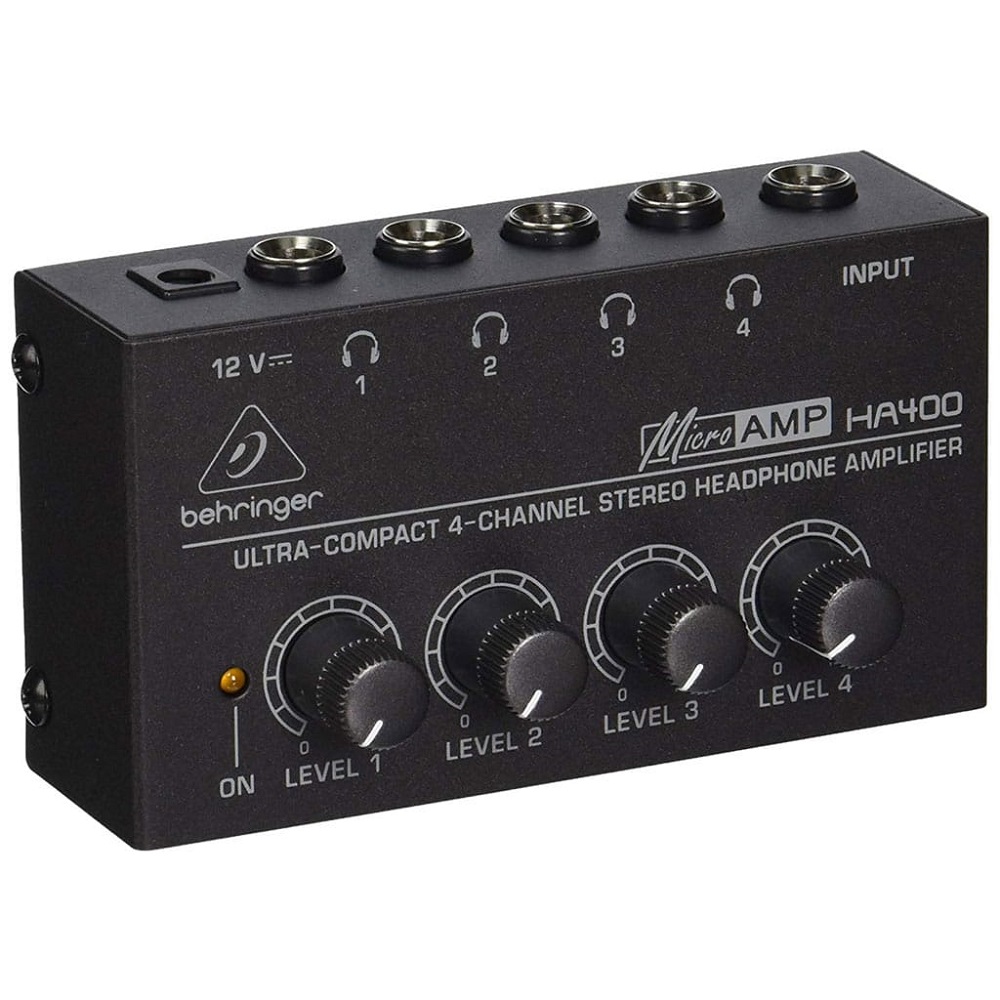Tube vs. Solid State: Which Amplifier is Best for You?
Selecting the right amplifier is crucial for anyone passionate about audio. Whether you’re a budding audiophile or a seasoned musician, the choice between tube and solid-state amplifiers can significantly impact your listening experience. Both types have distinct characteristics, benefits, and drawbacks. This guide will explore the key differences, helping you decide which amplifier best suits your needs.
Understanding Tube Amplifiers
What Are Tube Amplifiers?
Tube amplifiers utilize vacuum tubes to amplify audio signals. This technology dates back to the early 20th century and has a devoted following among enthusiasts. As the tubes heat up, they create an environment for electron flow, allowing audio signals to be amplified. This unique mechanism produces a warm and rich sound that many listeners find appealing. The harmonic distortion generated by tube amplifiers often adds a pleasing quality that enhances the listening experience.
Moreover, tube amplifiers excel in midrange frequencies, making them ideal for vocals and acoustic instruments. Many musicians and audio engineers value this quality, as it allows for a more engaging and emotional connection to the music. While tubes may be less stable for bass-heavy genres at high volumes, they frequently captivate fans through their organic and lively sound profiles.
Pros of Tube Amplifiers
One of the standout advantages of tube amplifiers is their warm, musical sound. They naturally reproduce midrange frequencies, giving vocals and acoustic arrangements an inviting presence. This warmth often translates into a richer listening experience, making them highly preferred for genres like jazz, blues, and classical music.
Additionally, tube amplifiers provide a unique aesthetic appeal, featuring glowing tubes that create a classic and striking look. Many listeners enjoy both the visual and auditory aspects, making tube amplifiers not just functional but also a centerpiece in any room. This inviting quality draws people into the music and can transform listening into an immersive experience.

Understanding Solid-State Amplifiers
What Are Solid-State Amplifiers?
Solid-state amplifiers use semiconductor devices, such as transistors and diodes, to amplify audio signals. Unlike tube amplifiers, they have fewer moving parts, which contributes to their reliability and durability. Solid-state designs provide high levels of accuracy and low distortion, allowing for clean, precise sound reproduction. This makes them a popular choice among music lovers seeking a transparent listening experience.
Solid-state amplifiers have become the industry standard in many modern audio setups. Their efficiency and consistent performance mean they work well in diverse environments, from home theaters to professional audio studios. These amplifiers cater to various types of music, enjoying widespread usage due to their versatility and dependable nature.
Pros of Solid-State Amplifiers
The primary strength of solid-state amplifiers lies in their clarity and precision. They excel at reproducing sound across all frequencies, ensuring that everything from deep bass notes to subtle high frequencies comes through crisply. This characteristic makes them particularly appealing for genres like rock, electronic, and orchestral music, where detail and dynamic range play crucial roles.
Additionally, solid-state amplifiers are typically more affordable and require less maintenance than their tube counterparts. They operate efficiently and have longer lifespans, ensuring that you get your money’s worth. For everyday listeners or newcomers to the audio scene, solid-state amplifiers provide a stress-free option, allowing you to enjoy high-quality sound without the complexities often associated with tube amplifiers.

Sound Quality: Tube vs. Solid State
Tube Amplifier Sound Profile
Tube amplifiers are often celebrated for their warm, lush sound signature. They enhance midrange frequencies, producing a natural and musical listening experience. This warmth makes them particularly beloved by vocalists and acoustic musicians, allowing the emotional nuances in performances to shine through. The harmonic distortion they generate adds character, creating a fuller soundstage that envelops listeners.
However, tube amplifiers might struggle with bass response at high volumes. If you frequently listen to heavy bass music or enjoy powerful rock anthems, the lack of clarity in the low frequencies could be frustrating. While tube amplifiers provide a rich auditory experience, they may not always deliver the precise definitions demanded by cutting-edge genres.
Solid-State Amplifier Sound Profile
On the other hand, solid-state amplifiers are known for their pristine sound quality. They offer tight, well-defined bass responses, which is especially valuable for genres requiring powerful low-end performance. Solid-state amplifiers tend to deliver high frequencies with clarity and crispness, ensuring that each note stands out in the mix.
Some users, however, claim that solid-state amplifiers can sound overly sterile or clinical, lacking the warmth that tubes provide. While they excel at accuracy, they may not deliver the emotional engagement that some listeners seek. With both types of amplifiers, your ideal choice depends heavily on your musical preferences.

Usage and Applications
Ideal Situations for Tube Amplifiers
Tube amplifiers are perfect for critical listening environments where sound quality is paramount. If you frequently engage in listening sessions focused on appreciating the intricacies of music, a tube amplifier can elevate your experience. Genres like jazz, classical, and acoustic thrive in this environment, as the emotional depth and warmth become more pronounced.
In the world of electric guitar, tube amplifiers reign supreme, valued for their dynamic response and warm overdrive. Musicians often choose tube amps to achieve tonal character, allowing for more expressive playing. This flexibility makes tube amplifiers popular in home studios and live performance settings, supporting artistic expression and emotional depth.
Ideal Situations for Solid-State Amplifiers
Solid-state amplifiers shine in versatile applications. They work exceptionally well in home theater systems due to their ability to handle dynamic audio without distortion. If you frequently watch movies or enjoy loud music at home, solid-state amps can deliver satisfying sound across a range of frequencies while maintaining quality.
Solid-state amplifiers also find favor in live settings, such as concerts and events, where reliability is crucial. Their robust performance simplifies setup and ensures that audio remains clear even under the pressure of high volumes. Moreover, they are adaptable, making them a natural fit for anyone wanting to branch out into various audio applications.

Maintenance and Longevity
Tube Amplifier Maintenance
While tube amplifiers exhibit exceptional sound quality, their maintenance requirements can be more intensive than those of solid-state designs. Vacuum tubes can wear out over time, leading to a need for replacements. Depending on usage, tubes might last several months to a few years, necessitating regular checks and potential replacements. Additionally, tube amplifiers often require biasing, a process involving adjusting the operating conditions of the tubes to ensure optimal performance.
Users who appreciate hands-on engagement will enjoy maintaining tube amps. However, those seeking a more straightforward audio experience may find this aspect cumbersome. Before investing in a tube amplifier, consider whether you’re willing to commit time to upkeep.
Solid-State Amplifier Maintenance
Solid-state amplifiers are generally low-maintenance. With fewer components to worry about, they typically require simple checks, like ensuring proper ventilation and cleaning dust from vents. Unlike tube amps, there’s no need for regular tube replacements or biasing, making them a hassle-free option for everyday use.
Their durability often leads to longer lifespans, enhancing the overall value. This reliability is particularly beneficial for newcomers to audio equipment who may prefer straightforward setups. As you engage with solid-state amplifiers, you can focus on enjoying music instead of worrying about maintenance.

Budget Considerations
Cost of Tube Amplifiers
Tube amplifiers often come with a higher price tag due to their unique components and craftsmanship. High-quality tubes can be expensive, and premium models may require substantial investment. Additionally, the ongoing costs of tube replacements and maintenance can add up over time. If you appreciate the warmth and depth that tube amplifiers provide, the cost may justify itself, especially for serious listeners.
For audiophiles who view sound equipment as an investment, tube amplifiers can deliver long-term satisfaction. Understanding the costs involved is essential to determine if this investment aligns with your audio preferences and lifestyle.
Cost of Solid-State Amplifiers
On the other hand, solid-state amplifiers typically present more budget-friendly options. Their widespread production results in a wide range of prices, allowing even beginners to find a solid amplifier without breaking the bank. Solid-state amplifiers provide excellent value for the money, especially in the affordable range.
Although high-end models exist, solid-state amplifiers often deliver the best bang for your buck. Their initial cost and low maintenance contribute to a threefold value—performance, reliability, and affordability. As you evaluate your options, consider how solid-state amplifiers can meet your audio needs with efficiency.
Making the Right Choice
Evaluating Your Listening Habits
As you deliberate between tube and solid-state amplifiers, assess your listening habits and preferences. Are you someone who loves immersing yourself in the subtleties of acoustic performances, or do you favor high-energy rock concerts? If emotional connection is essential to your listening experience, a tube amplifier could provide the warmth and richness you seek.
Conversely, if you primarily consume music digitally or enjoy genres denoted by clarity and punch, a solid-state amplifier might align better with your preferences. This assessment is a crucial step, allowing your choice to reflect your individual taste in audio.
Testing and Personal Preference
Ultimately, personal preference plays a significant role in your decision. Take the time to visit local audio shops and listen to both types of amplifiers. Bring along some of your favorite tracks to compare their sound profiles. Focus on how each amplifier interacts with your music and how it resonates emotionally.
Conducting hands-on testing can illuminate which amplifier better suits your needs. Pay attention not just to specifications but also to your emotional responses. Engaging with both amp types helps clarify your choice, ensuring your investment meets your expectations.
Which Amplifier is Best for You?
Deciding between tube and solid-state amplifier is an individual journey that reflects your unique audio desires. Both types have their strengths and weaknesses, offering different listening experiences. Tube amplifiers provide warmth and emotional depth, appealing to many audiophiles. Meanwhile, solid-state amplifiers deliver clarity, reliability, and versatility, making them suitable for a range of applications.
By understanding the characteristics, maintenance requirements, and budget implications of both options, you can make an informed decision aligned with your musical preferences. Ultimately, the best amplifier enriches your listening experience, bringing you closer to the music you love. Enjoy the journey of exploring audio equipment, and let your choice enhance your sound experience!
